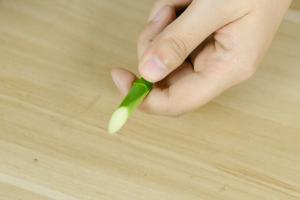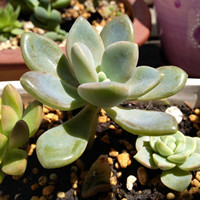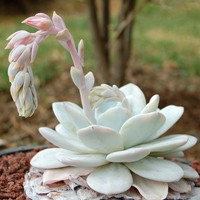How Do You Water a Fern Plant?
One of the most important aspects of keeping a fern plant healthy and thriving is providing it with the right amount of water. While ferns don't require constant watering, they do have specific needs when it comes to moisture. In this article, we'll explore how to properly water a fern plant so that it can grow and flourish in your home or garden.
Understanding the Watering Needs of Ferns
Before we dive into the specifics of how to water a fern plant, it's important to understand the unique needs of this species. Ferns are native to damp and shady environments, which means that they prefer consistent moisture levels. However, they also need well-draining soil to prevent the roots from becoming waterlogged.
Overwatering a fern can be just as damaging as underwatering it. Too much water can suffocate the roots and cause them to rot, while not enough water can cause the fronds to wilt and dry out. This is why it's important to strike a balance when watering a fern plant.
The Best Way to Water a Fern Plant
So, what is the best way to water a fern plant? The answer isn't as simple as a set schedule or amount. Instead, it involves carefully monitoring the moisture levels of the soil and adjusting your watering routine accordingly. Here are some tips:
Check the soil: Before you water your fern, check the soil for moisture. Stick your finger about an inch deep into the soil; if it feels dry, it's time to water. If it's still moist, hold off for a day or two.
Water from the bottom: Rather than pouring water directly onto the soil, try watering your fern from the bottom up. Fill a saucer or tray with water and set the plant on top of it, being careful not to let the roots sit in standing water for too long.
Use room temperature water: Fern plants don't like sudden temperature changes, so avoid using water that's too hot or too cold. Room temperature water is best. You can also use boiled and cooled water to eliminate any impurities.
Avoid spraying the foliage: While ferns enjoy humid environments, it's best to avoid getting the foliage wet when watering. This can create a breeding ground for fungi and increase the risk of diseases.
Adjust based on the season: As with most plants, the watering needs of ferns can vary depending on the season. During the summer months, you may need to water more frequently to combat dry air, while in the winter, you may need to water less often due to cool temperatures and less sunlight.
Additional Tips for Watering Fern Plants
Here are a few more tips and tricks to keep in mind when it comes to watering your fern plant:
Don't let the soil dry out completely between waterings. This can cause damage to the roots, which will make it difficult for the plant to absorb nutrients.
If you notice the tips of the fronds turning brown or yellow, it may be a sign of overwatering. Check the soil moisture level and adjust your watering routine if necessary.
If you're unsure about whether your fern needs water, it's better to err on the side of caution and wait a day or two. Ferns are hardy plants and can handle a bit of dryness.
By following these tips and monitoring your fern plant's water needs, you can help it thrive and add a touch of green to your home or garden. Just remember to check the soil regularly, water from the bottom, and adjust your routine based on the season. With a little care and attention, your fern will reward you with lush, beautiful foliage for years to come.

 how many times do yo...
how many times do yo... how many planted tre...
how many planted tre... how many pine trees ...
how many pine trees ... how many pecan trees...
how many pecan trees... how many plants comp...
how many plants comp... how many plants can ...
how many plants can ... how many plants and ...
how many plants and ... how many pepper plan...
how many pepper plan...


























